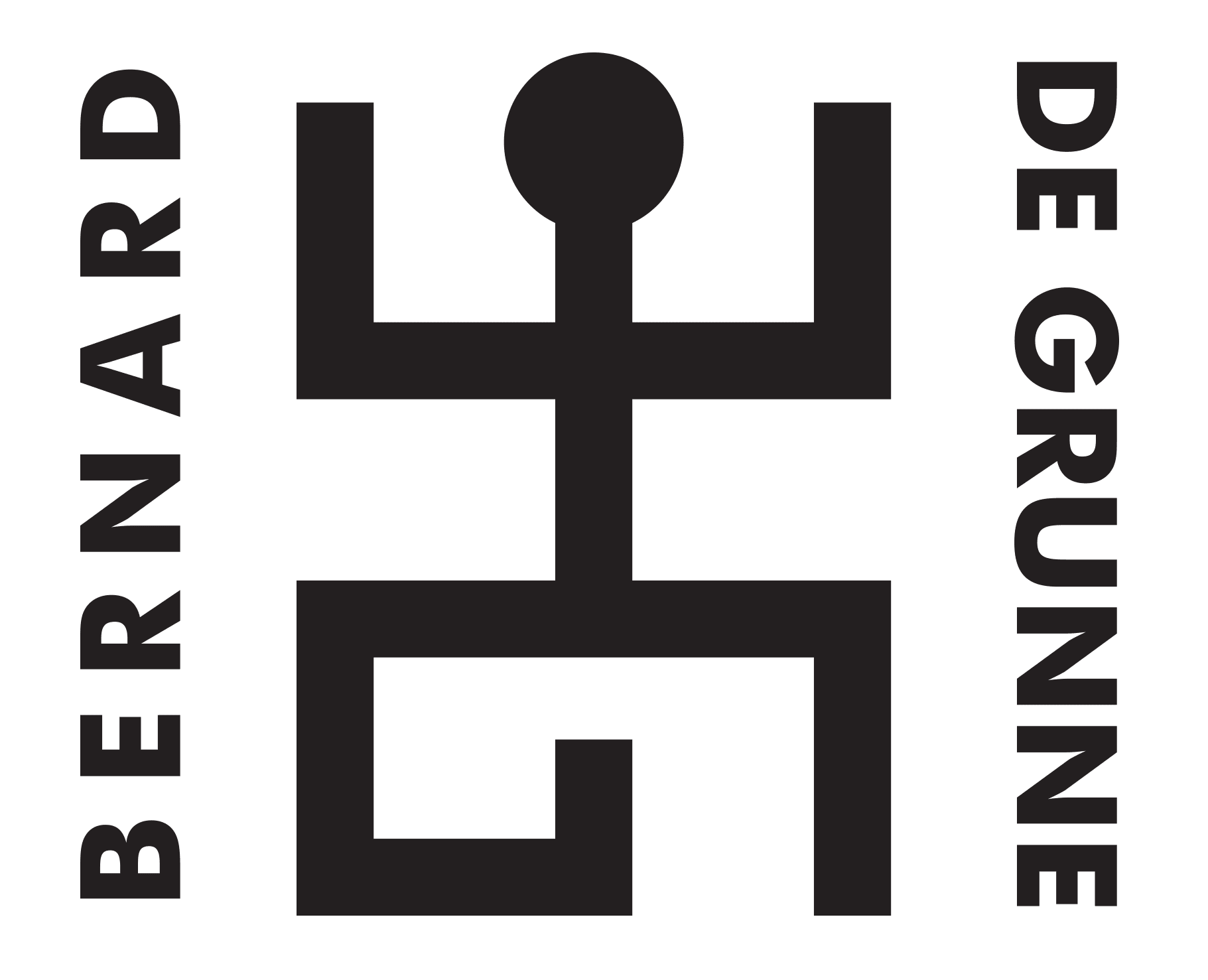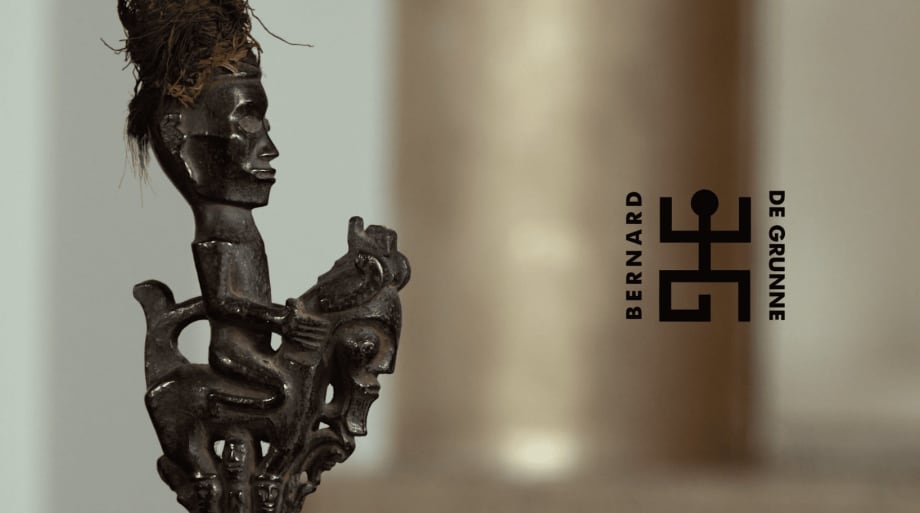This wonderful sculpture comes from the Batak, a very important group living in Northern Sumatra, and numbering about six million people.
Before 1860, Batak society was ruled by these priest-musicians called Datu. One of their symbols of office is their staffs. This is a top of a long staff, which was a meter and fifty long, and it represents a person riding an interesting figure, called the Singa. The Singa is a composite creature created by the Batak, that you see everywhere, which is a mixture of the horse, the dragon, and the serpent. On top you have a classic Batak figure, with a strong torso, an angular face, an elaborate coiffure made out of horse hair, feathers and all tide up with fabric.
Now who is represented by this image? It could be a deity, it could be a chief who owned the staff or it could be the Datu, the priest himself who carved it. The figure has a wonderful shiny patina, which comes from rubbing with both palma oil, eggs and animal blood. This staff were used for two purposes: one to protect against the evil spirits, or attacks by other priests, Secondly to help heal from dangerous diseases, and also to locate something that you lost, or to help you for a new venture. These were very precious objects and they were passed on from one generation of Datu to the other, and kept in a very special place.
Cette merveilleuse sculpture nous vient des Batak, un groupe ethnique très important vivant au nord de Sumatra, comptant près de 6 millions d'individus.
Avant 1860, la société Batak était gouvernée par des prêtres-magiciens appelé Datu. L'un des symboles de leur office est leurs bâtons/sceptres. Ici il s'agit de la partie au sommet d'un long bâton/sceptre, qui devait faire environ un mètre et demi de long, et cela représente une personne chevauchant une créature intéressante, appelée Singa. Le Singa est une créature composite créée par les Batak, que l'on voit partout, qui est un mix entre le cheval, le dragon, et le serpent. Au-dessus vous voyez une figure Batak classique, au torse fort, au visage anguleux, à la coiffure élaborée faite de crin de cheval, de plumes, le tout attaché avec du tissu.
Maintenant nous pouvons nous demander: "Mais qui est représenté par cette image?" Cela pourrait être une divinité, ou bien un chef à qui appartenait le sceptre, ou bien encore il pourrait s'agir du Datu, c'est-à-dire le prêtre lui-même qui l'aurait sculpté. Le personnage est recouvert d'une patine brillante, qui provient d'un enrobage d'huile de palme, d'oeufs et de sang animal. Ces sceptres étaient utilisés pour deux raisons: d'une part comme protection contre les esprits maléfiques, ou bien contre les attaques par d'autres prêtres; d'autre part comme aide pour soigner les maladies dangereuses, et aussi pour localiser des objets perdus ou pour aider quelqu'un dans nouvelle aventure. Ces objets étaient très précieux, ils étaient transmis d'une génération de Datu à l'autre, et entreposés dans des endroits particuliers.

